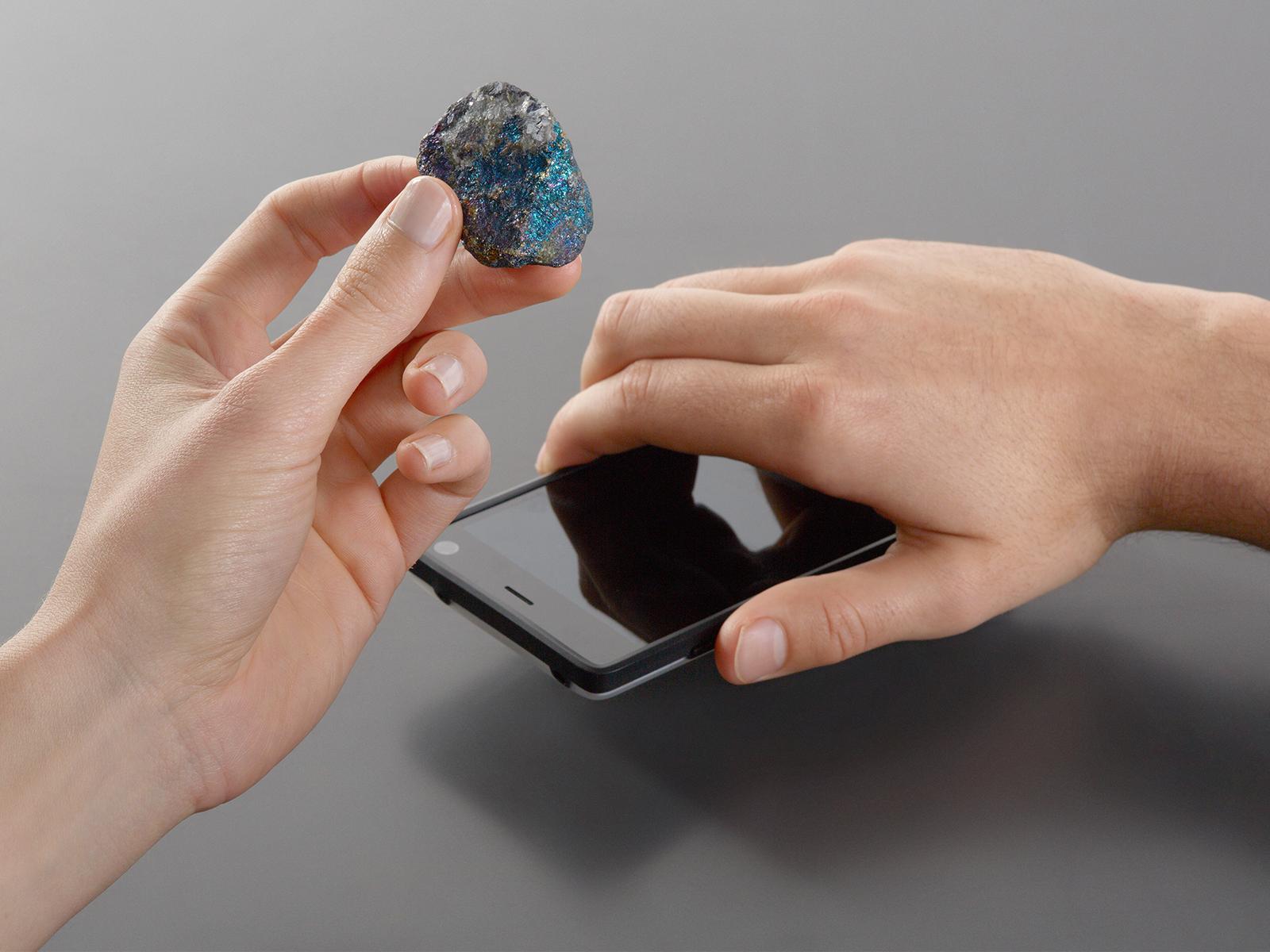Smartphones are messed up. Not inherently, not in every way, and not all of them. But in general, taken as a whole in terms of their impact on people and on the planet, smartphones cause a lot of problems – economic problems, psychological problems, societal problems, and environmental problems, to name a few.
We could just ignore these problems. Avoid ‘em, push ‘em away, clean the fridge and have a few beers first. Focus on other things. But doing nothing is not an option, because nearly all of us need to use our smartphones, whether that’s to do our jobs or to stay in touch with our families. It feels confronting to accept that our relationship with our phones needs to change, because we have become so dependent upon them.
The good news is that there is a better way – one where we make the best of using our smartphones without letting them use us. We can demand phones that align with our shared values (they already exist!); consciously control how and why we use our phones; and help to enact collective change to protect our human rights in a digital age.
Planetary Health
The effects of our smartphone use go beyond human health and are taking toll on the planet, which we have been unable to properly protect amidst our division. Our phones contribute directly to this problem: Their production requires the intensive extraction of precious planetary resources. There will be an estimated 18 billion phones in use by 2025, which contain critical metals including copper, gold, silver platinum, palladium, and rare earth metals. ⁴ The mining of these metals and their transformation via smartphone production relies upon an opaque and extractive global supply chain, embodying a form of postcolonialism. These supply chains continue to exploit those people and places who have been exploited in the past, for example when children were found to be mining cobalt for smartphone production. ⁵,⁶
There will be an estimated 18 billion phones in use by 2025
After they’ve been produced and sold, smartphones continue to be resource intensive while we use them. Data doesn’t tend to feel real, tangible, massive, but the truth is that its storage and use rely upon the consumption of energy and natural resources. Goldman Sachs reports that data centers currently use 1-2% of the global energy supply, and will consume 3-4% of the world’s power by 2030.⁷ Streaming, videochatting, and AI prompting are some of the most energy intensive ways we use our devices,⁸,⁹ but they don’t create visible trash. Shielded from the physical impact that our data use has on our planet, we end up not feeling responsible for what we don’t see.
Finally, when our phones break or become obsolete, they usually become trash, reaching the end of their use but by no means the end of their life cycle. Companies encourage us to buy new phones rather than repair our own devices and salvage valuable parts. In many cases, we are losing the right to repair our phones – a subject we’ll return to later on. This approach leaves behind trash and environmental toxins while increasing the resources used in production. This occurs at a massive scale – in 2022, the BBC estimated that over 5 billion phones were thrown away, while less than 20% of e-waste was recycled. ¹⁰
Over 5 billion phones were thrown away, while less than 20% of e-waste was recycled
On an individual level, there are things we can all do to help mitigate these environmental problems and push to change their course. Conscious consumption is one avenue - using your current phone as long as you can, fixing it if it’s broken, or buying a used phone or Fairphone. We can also approach our own data use conservatively, for example refraining from streaming videos or prompting AI tools when it’s not necessary.
We are in charge of how we produce, use, and define the life-cycle of our phones. But of course, there are limits to individual responsibility and what we can achieve on our own. Beyond our own direct spheres of personal influence, there is also a lot we can do to make the relationship between ourselves, our phone, and our planet healthier through collective action. Let’s take a deeper look into collective action and explore the root of our smartphone’s issues – weird business models.
Want to learn more?
Visit Waag's Fix Your Phone Shop at the Dutch Design Week in Eindhoven from 19 until 27 October 2024!
This article is part of a three-part essay Your Phone is Broken written by Max Kortlander. Read the first part Your Phone is Broken - and it affects your health or the last part Your Phone is Broken - but we can fix it.
Footnotes
- https://www.sciencedirect.com/science/article/pii/S0959652623022576
- https://www.amnesty.nl/actueel/exposed-child-labour-behind-smart-phone-and-electric-car-batteries
- https://www.theguardian.com/global-development/2019/dec/16/apple-and-google-named-in-us-lawsuit-over-congolese-child-cobalt-mining-deaths
- https://www.goldmansachs.com/insights/articles/AI-poised-to-drive-160-increase-in-power-demand
- https://www.technologyreview.com/2023/12/01/1084189/making-an-image-with-generative-ai-uses-as-much-energy-as-charging-your-phone/
- https://www.tno.nl/en/newsroom/insights/2022/12/sustainable-streaming-how-can-we-save/
- https://www.bbc.co.uk/news/science-environment-63245150


